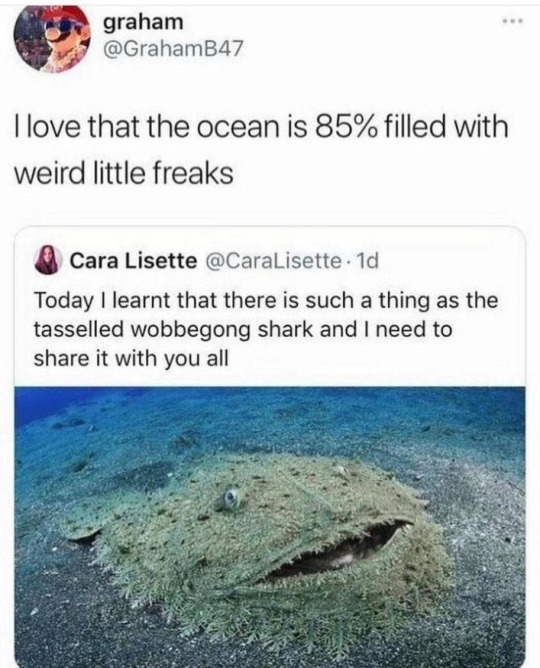Disclaimer: the folks I reblog from are generally far from solipsistic
Don't wanna be here? Send us removal request.
Text
If uppercase letters are capital letters then what the FUCK are lowercase letters
10K notes
·
View notes
Text
i appreciate that everyone is having a good time w the stabbing memes but every year im a bit like

5K notes
·
View notes
Text




Apparently linguists have been debating how humans transitioned from animal noises to actual language and have a few theories, although this note is in all these articles

so I don’t think they have any actual working ideas just yet
1K notes
·
View notes
Text
i need to be working on finals but instead i spent my time reading the crustiest pdf of some guy's dissertation about canebrakes from the 1930s
was it actually accepted? is it a reliable source? does this guy know anything about plants? who knows. with river cane we gotta take everything we can get. this is INVALUABLE info, I can't believe it took me this long to find it. this guy talked to people who were born in the 1850's about their memories of canebrakes. I doubt these personal testimonies are documented anywhere else.
and... it's devastating! even from the viewpoint of someone in the 1930's, there had been a systematic extermination of the canebrakes, where the impenetrable and acres-big bamboo forests of memory only remained in distantly rural areas. The author talks about dozens of specific sites in different US states that used to have extensive and huge canebrakes but the river cane was completely obliterated from them.
The oldest records consistently state that Arundinaria gigantea or Rivercane would reach 30-40 feet in height and 3-4 inches thick. Many different early colonial sources speak of river cane this size. At the time of the author, the cane he visited was mostly 15-20 feet tall or so. Nothing compared to the giant canebrakes of the past, he keeps reminding us. And nowadays—almost 100 years after the time of that writing!—it is very rare to find river cane even 10-12 feet tall, it is crammed into tiny little areas at the edges of roadsides, and hardly anybody even knows an American bamboo ever existed
It even mentioned the area where my Mamaw grew up, saying that the place was once covered in miles of canebrake! Mamaw says that she always remembered cane along the river sides, but when we visited there a couple years ago, I didn't see any cane at all
there's SO many good facts and testimonies about river cane in there but i'm just shaken cause from the authors perspective, the river cane had been devastated to a small remnant of what it once was, but nowadays, it is devastated to a small remnant of what THAT was.
Some researchers are kicking around a theory that passenger pigeons and Carolina parakeets were dependent upon river cane, and that's why they went extinct. One guy i've talked to believes passenger pigeons could have been responsible for distributing the seeds (we still don't really know how river cane seeds distribute)
Apparently back when canebrakes were so common that there was cane producing seeds all the time (an incredibly rare occurrence now) they provided an incredibly valuable food resource for wild animals. In fact some of the colonial writings quoted say that once the canebrakes died off in a certain area, the wild game would disappear!
I'm starting to believe in the "canebrakes + passenger pigeons/Carolina parakeets" theory. It makes sense that practically eradicating a whole biome/habitat would cause something to go extinct, and the timeline and habitat associations are right.
I will NEVER be capable of shutting up about the canebrakes. Imagine if we did such a good job at exterminating the bison that today, almost no one in the USA even knew what a bison was.
2K notes
·
View notes
Text
also I ended up looking at stuff about soviet agricultural experiments and apparently dogbane (Apocyonum cannabinum) was introduced to the USSR as a fiber crop plant? ???
6K notes
·
View notes
Text
Fucking hate ai bitches this shit is poisoning my search results just like that tumblr baby crow post fuck y'all for real
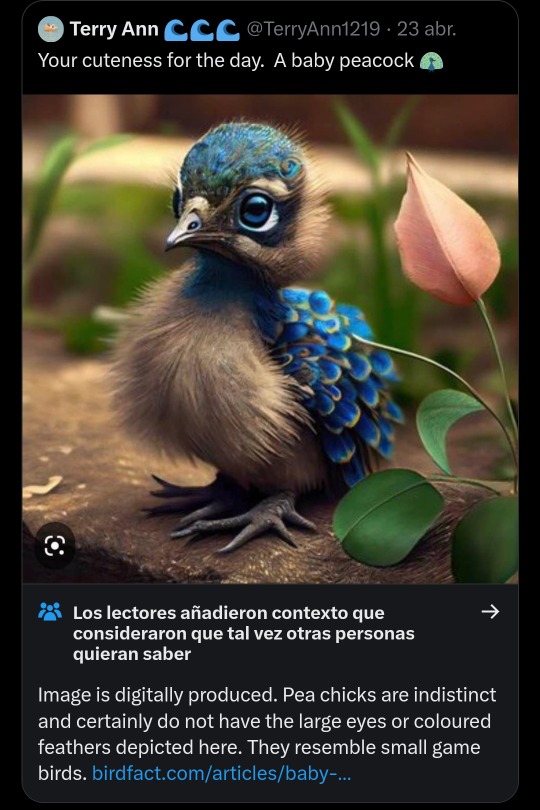
113K notes
·
View notes
Text
genuinely cannot emphasize enough that the damsel in distress archetype really does not exist in medieval literature the way people think it does. these ladies are really only in distress because they can’t find a knight willing to enact bloodshed for them. if anything these damsels are causing distress
16K notes
·
View notes
Text
I always wondered why the Western Zodiac and the Chinese Zodiac were both called zodiacs if one was associated w astronomy and the other w time in general. Like what defines a zodiac that the word is only used to describe these two things? Looking up the word “zodiac” in the dictionary didnt help bc it only talked about the western one.
Well, I decided to look up the etymology for zodiac and it turns out it comes from the Greek for “circle of little animals.” I love humans
104K notes
·
View notes
Text
Jesus fucking christ. I had to work with a small UV-C LED for work and we had to wear eye protection/be a specific distance away from it to avoid burning our skin… and this was a single LED.
UV-C is used as a disinfectant because it’s so high energy that it will tear electrons from atoms via the photoelectric effect (it’s also so high energy that it doesn’t make it far through our atmosphere and it keeps bumping into molecules and losing energy, which was annoying when we were trying to use a sensor from a distance, but we could still sense a single LED over at least 5 meters. To have a conference hall full of these lightbulbs is genuinely terrifying to me).
UV-C is only produced in a handful of ways on earth since it’s solar-blind, so welding, fires (in small amounts), lightning strikes, corona discharges (like a sizzling power line, also small amounts), etc. all make UV-C, and people wear protective equipment when working with those things FOR A REASON. If the light is a low enough wavelength, it’ll also produce ozone. It’s also very well-known to be carcinogenic.
And apparently it’s also in these bulbs that are so easily available for sale and negligently labeled that a lighting tech can mistake them for relatively-harmless UV-A. Brilliant.
Hey, has anyone checked up on those NFT guys lately?
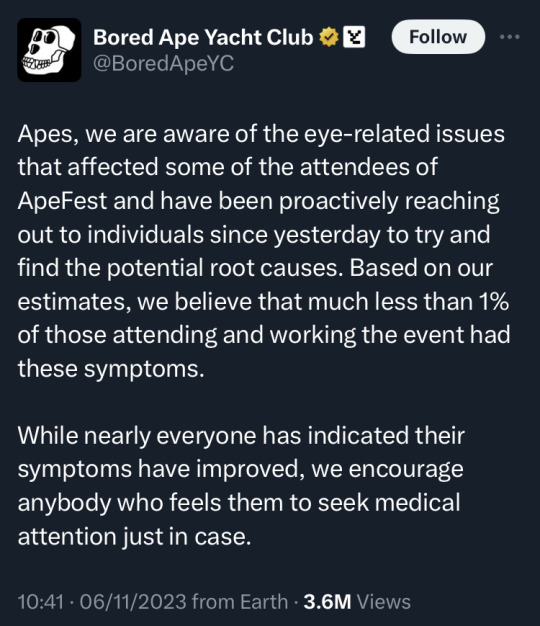
Turns out they hosted an event and used bulbs that emit UV-C radiation which has blinded some of the attendees.
Casually downplayed as ‘eye-related issues’ - The PR team really stretching it there.
#I would be amazed if this didn’t end in several lawsuits#if UV-A were a paper cut#and UV-B was a cut you’d need minor stitches for#UV-C is like getting your hand caught in a wood chipper
2K notes
·
View notes
Text
So Gregor Mendel (yes, the guy with the pea plants) wrote down that he wanted to be given a thorough autopsy after he died. The year he died was 1884. Autopsies were increasingly common at the time, but Mendel was an Augustinian friar and the arguments preventing donating your body to science for teaching autopsies, research, etc. were theological. The “ethical” source of teaching cadavers for doctors to autopsy was (in many places) the bodies of executed criminals, as a sort of post-mortem punishment. Mendel became a monk specifically because he couldn’t afford to study otherwise, even after one of his sisters donated her dowry to the cause. He did too well as a monk to continue his work as long as he wanted: he got promoted to Abbott and the last sixteen years of his life were spent doing administrative work, and his experiments weren’t properly replicated, or examined as a viable alternative to then current theories on inheritance, until 1900. But he chose to donate his body to science (which he loved) and be of material benefit to the field of medicine, which he didn’t practice but two of his nephews did. There’s just something beautiful about a guy who lived through the era where having your body dissected was the height of dishonor, in an institution that had advocated against the practice, deciding that anything that helps humanity as a whole was worth doing. There’s something just as beautiful about the fact that he was exhumed for genetic sequencing on his 200th birthday - usually we don’t just dig people up and grab their genes as a surprise party, because in addition to it being a lot of work we can’t assume they would have appreciated it, but Mendel? He would have been jazzed.
22K notes
·
View notes
Text
"Where has all the genuine self-expression gone? Now what used to be authentic subculture is turned into a performance of Aesthetic!" so many posts exclaim, usually concluding that the problem is Capitalism.
I don't disagree entirely, but. The problem is that y'all are so deathly fucking afraid of things Cringe, Weird, and Uncool that anything unmarketable, subversive, or oddball enough to be "genuine subculture" is gross and unacceptable to you.
87K notes
·
View notes
Text
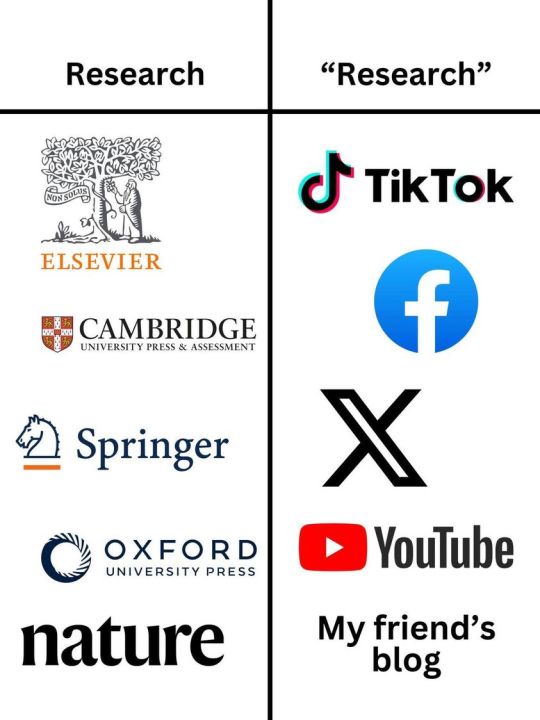
It's distressing that the one is kept behind a steep paywall, whereas the other is absolutely free.
716 notes
·
View notes
Text


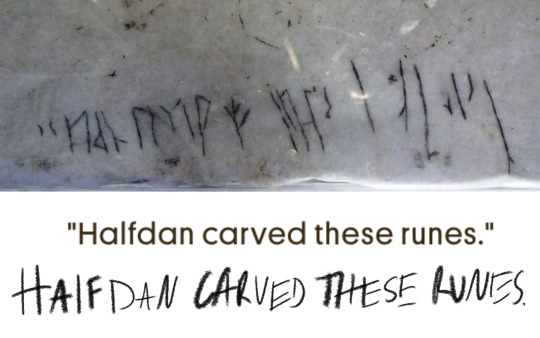
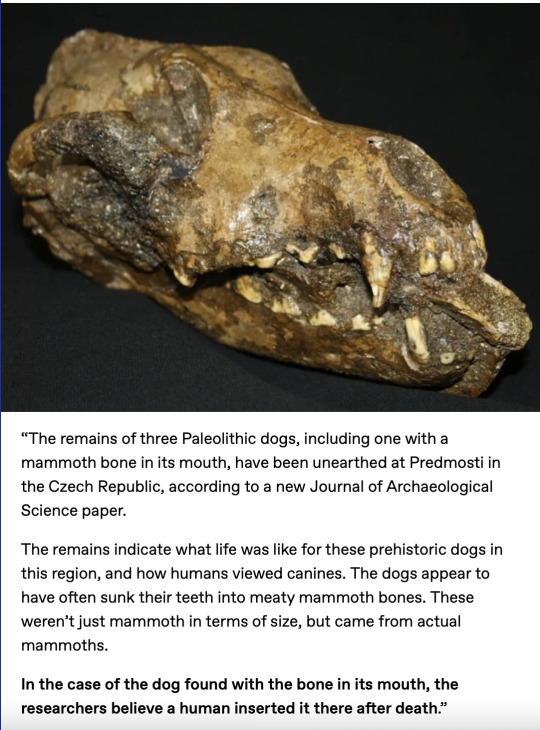




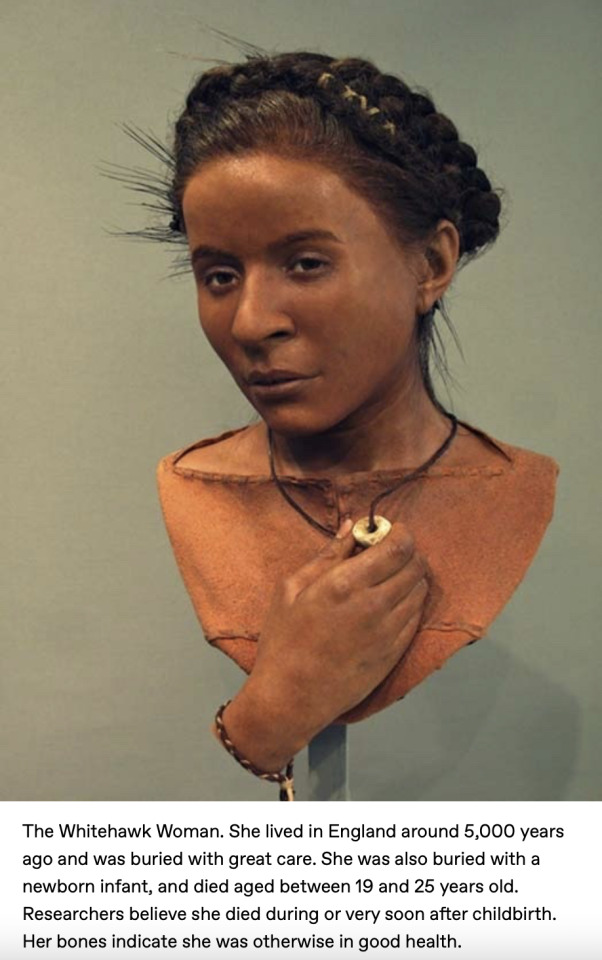
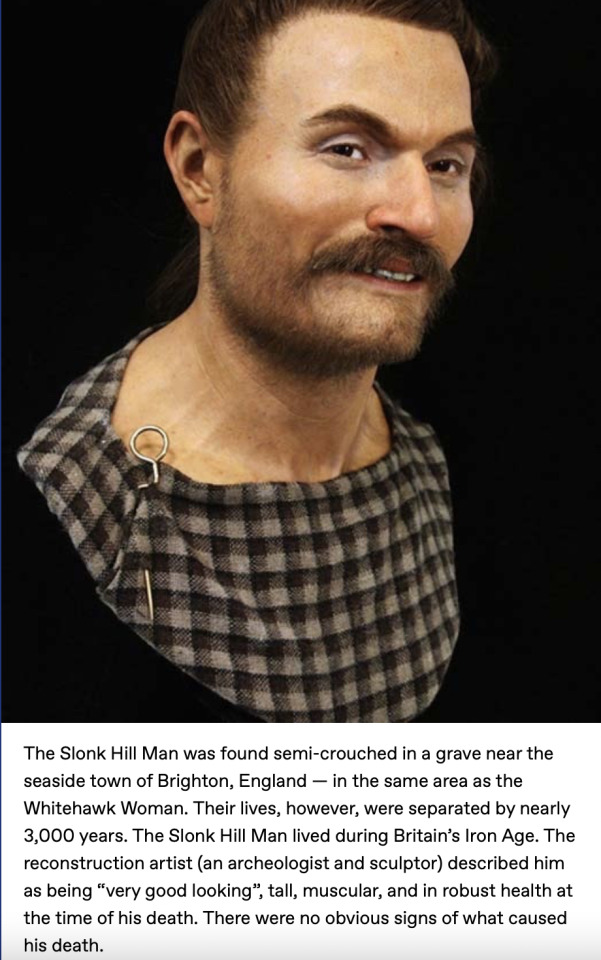
















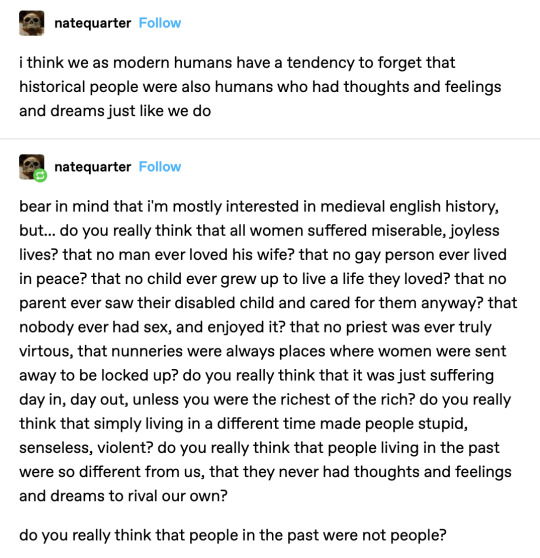
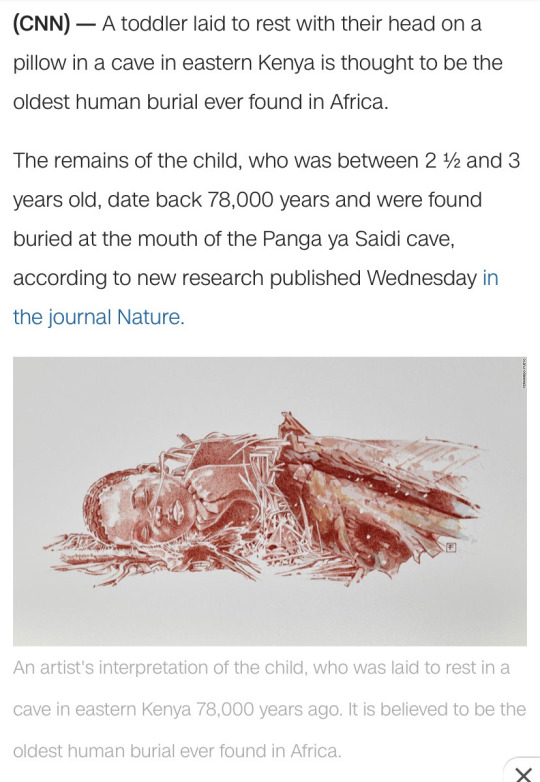
I have a folder called Time is a Flat Circle in which I collect evidence of humanity. Here is most of them.
178K notes
·
View notes
Note
Hey about your cartoon vs Real life Animals post, can you elaborate on the lenght of frog tongues? This is the one that shocked me, i study in a Field closely related to zoology and never heard that their tongues are human-like short, unless you were trying to make a point about their shape and not lenght, then Please disregard my inquiry :p
When I say their frogs are "more human-like" than chameleon-like, I mean, this is a chameleon's tongue:
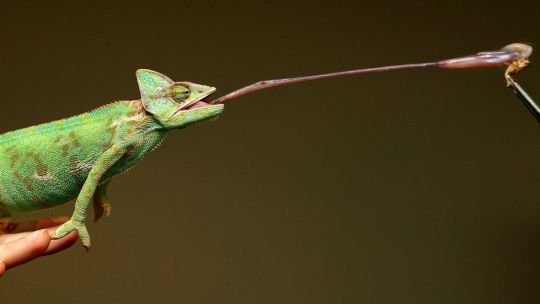
And this is a frog's tongue:

A chameleon has an astonishingly long, thin tongue that launches like a grappling hook, and almost all media thinks this is also true of frogs and toads. The tongues of frogs and toads DO come out farther than ours, especially because they attach at the front of their mouth, rather than the back, and "flip" outward to grab prey:

But yes, between the two, their tongues are nowhere near like those of chameleons, but broad and flat like ours. The very farthest they can stretch is like this:
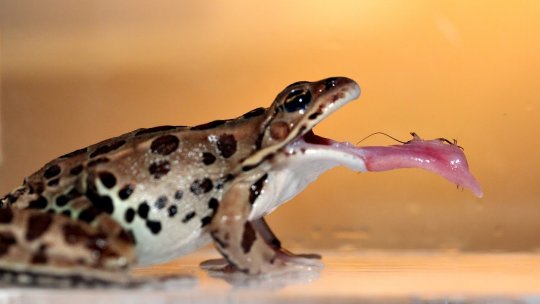
When you google frog or toad tongues, unfortunately, you get many more fakes than the real thing, to the point that even science articles have been known to use these total lies:
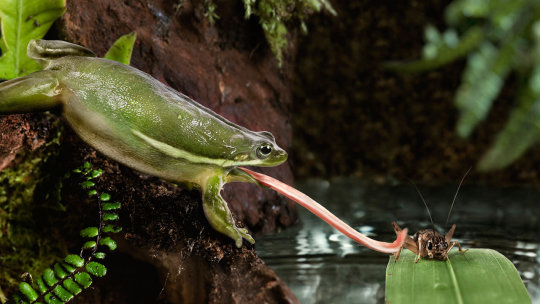
And, the first time I ever posted about this subject, someone retrieved exactly this fake image to try and prove that I was making all this up. Frogs have never done this! Cartoons simply exaggerated it for fun at first, and then I guess confusion with chameleon tongues lead people to believe they worked similarly! It's such a pervasive misunderstanding that I didn't know about until my teens, and I was a biology nerd well before that too. It felt like a betrayal. I was never made to believe in Santa Claus but finding out frogs Don't Do That felt how I imagine that feels. Frog tongues were my Santa Isn't Real moment.
4K notes
·
View notes

